Waingongoro Catchment
The Waingongoro catchment begins on the eastern flanks of Taranaki Maunga, and travels down through native bush before entering the ring plain and travelling through farmland, pockets of native bush and urban communities before entering the sea at Ohawe west of Hawera. The catchment area is 219.2 square kilometres. The Catchment Solutions Project team have been liaising with the Taranaki Catchment Communities (TCC), which was established by local farmers. CSP has held workshops with TCC around stream health, water sampling, and analysis of historical water quality data
Introduction
The Taranaki Catchment Communities (TCC) was formed after a group of farmers and growers from Taranaki, along with Venture Taranaki, came together early in 2020 to discuss challenges in the rural sector to develop a more environmental, economic and socially sustainable future for the communities. They are committed to using farmer-led approaches to create models and learnings.
An interview with Paul Turner from Taranaki Catchment Communities
Paul Turner discusses the concerns around nitrates and sedimentation in the Waingongoro Catchment, and what the group is doing to mitigate these challenges.
Farmer interviews
Meet dairy farmer Ross Dunlop in the Waingongoro catchment to hear about what he is doing together with the catchment group, to mitigate the effect of nitrate in their waterways.
Learn about their experiences as they collaborated with the Catchment Solutions team to achieve this.
Visit the Ohawe Bioreactor
Have a look at the Bioreactor built in collaboration with the Waingongoro Catchment Group community to mitigate nitrate loss into waterways.
Google Earth software on desktop is recommended for best viewing. Use the map below if using a mobile device.
Collaborative Catchment Analysis
The Catchment Solutions Project has been working with the TCC through community engagement opportunities to help with water testing and analysis, identifying critical flow pathways and recommending suitable mitigation technologies to help mitigate the effects of contaminants going into waterways. Next steps are to identify, from a range of options, the best site and edge-of-field structure to build to demonstrate how drainage water quality can be improved on farms in the Waingongoro catchment.
Fact & Figs
Click to enlarge the images
critical flow pathways
possible mitigations
Some preliminary ideas for a mitigation structure include:
- Controlled drainage could be an option, or a variation on a bioreactor to contrast with those that the CSP has built elsewhere
- Effluent paddocks could be a good site for a purpose-built structure as they have small drainage volumes, and so a smaller, but effective, mitigation structure may be lower cost
- It might be possible to use gravel or a similar material in the bioreactor rather than woodchips
Next steps include further water sampling and, in collaboration with the catchment group, the identification of a site to build a structure.





















